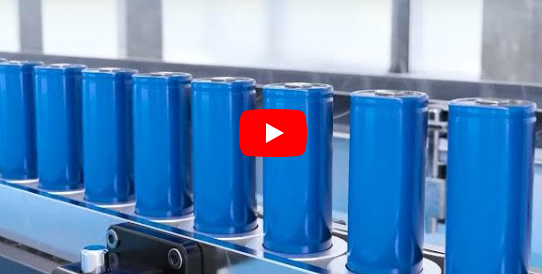The article discusses the current state of the electric vehicle (EV) battery market in 2024, focusing on the challenges faced by traditional lithium-ion batteries and the potential of solid-state batteries. Here is a summary of the key points:
1. Market Overview:
- As of January 2024, the EV battery sector is facing difficulties in the capital market, with a 3.8% decrease in the Battery ETF since January.
- While the overall EV battery sector is sluggish, the solid-state battery sector is experiencing significant growth.
- Companies like Jinlongyu, Sanxiang New Materials, and Enjie have seen substantial increases in their stock prices.
2. Solid-State Battery Advancements:
- Solid-state batteries have gained attention due to positive developments in January.
- Japan's Maxwell developed cylindrical solid-state batteries, QuantumScape's solid-state battery passed durability tests, and Harvard University improved solid-state battery lifespan.
- The article emphasizes that solid-state batteries address performance shortcomings compared to liquid batteries.
3. Technical Progress of Solid-State Batteries:
- Solid-state batteries overcome performance limitations, especially in terms of lifespan. Technological breakthroughs by QuantumScape and Harvard University enable solid-state batteries to be charged and discharged at least 6000 times.
- Solid-state batteries surpass liquid batteries in energy density, safety, and lifespan.
4. Challenges in Mass Production:
- Solid-state batteries face challenges in mass production, with companies like Jinlongyu indicating uncertainty in the success of their industrialization projects.
- The article explains the stages of battery production (A sample, B sample, C sample, D sample) and mentions the time-consuming nature of exploring new materials, formulations, and manufacturing processes for solid-state batteries.
- The article compares the challenges faced by solid-state batteries to those encountered by Tesla's 4680 batteries, which experienced delays in mass production.
5. Commercialization Challenges:
- High costs are a significant barrier to the commercialization of solid-state batteries. The article highlights that the cost of solid-state batteries is several times higher than that of liquid batteries.
- Solid-state batteries require new facilities and production lines, leading to high initial costs. The immature production process and low yield contribute to higher costs.
- Despite potential cost reductions through mass production and process maturity, material costs (especially for electrolytes) remain a significant challenge.
6. Conclusion:
- The article concludes that while solid-state batteries offer superior performance, their commercialization faces significant hurdles, primarily due to high costs. The industry must prove its ability to lower costs before solid-state batteries can replace liquid batteries in the trillion-dollar EV battery market.
 LiPo Batteries and Sustainability: Navigating Environmental Impact
LiPo Batteries and Sustainability: Navigating Environmental Impact
 From Concept to Market: The Manufacturing Process of LiPo (Lithium Polymer) Batteries
From Concept to Market: The Manufacturing Process of LiPo (Lithium Polymer) Batteries
 LiPo Batteries and Sustainability: Navigating Environmental Impact
LiPo Batteries and Sustainability: Navigating Environmental Impact
 Exploring the Advantages and Applications of Lithium Iron Phosphate Batteries
Exploring the Advantages and Applications of Lithium Iron Phosphate Batteries